The modern world of machine mass production still has a number of cities and towns
in the Middle East where traditional artisans go to work, bringing together generational skills to create magical artistry out of iron, wood, cloth, and clay. It is not a question of a few workshops but whole villages dedicating generations to ancient arts, thereby shaping raw metal, wood, cloth, and clay into artifacts.
From narrow alleys in old market towns to remote mountain villages, all of these 15
destinations open a window into a centuries-old crafting tradition.
Iznik, Turkey
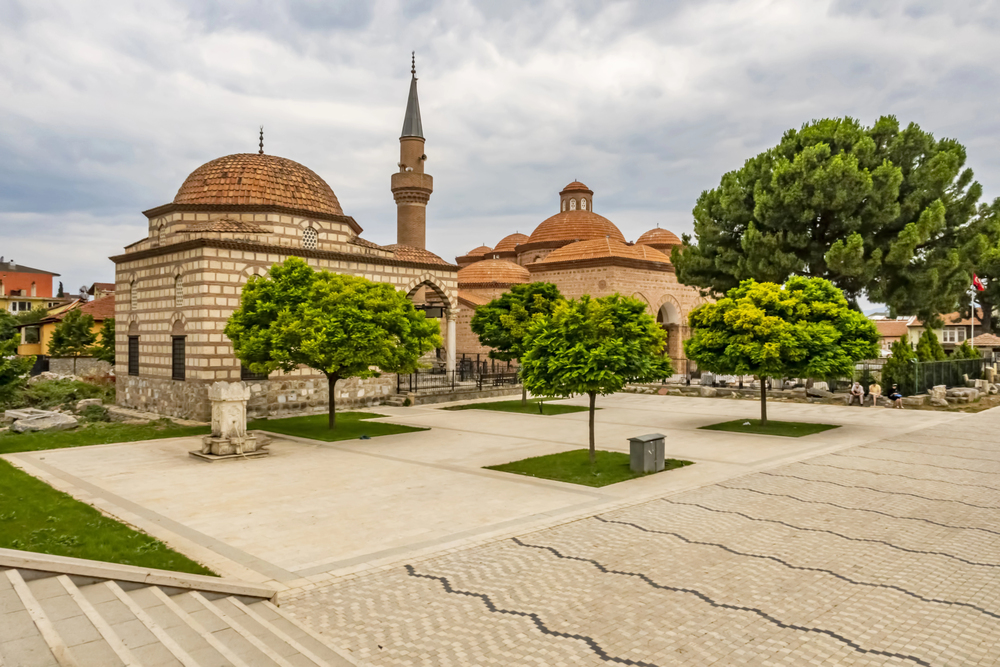
This ancient town continues its 500-year-old tradition of crafting the unique blue-and-
white ceramic tiles that once adorned Ottoman palaces. The local workshops are
open for visitors who watch in awe as master artisans hand-paint intricate designs
using natural pigments and a variety of traditional techniques.
The town’s ceramic foundation supports an apprenticeship program where young artists are learning traditional patterns along with innovative modern statements. You can see kilns firing the tiles using the same methods employed in the 16th century.
Tripoli, Lebanon
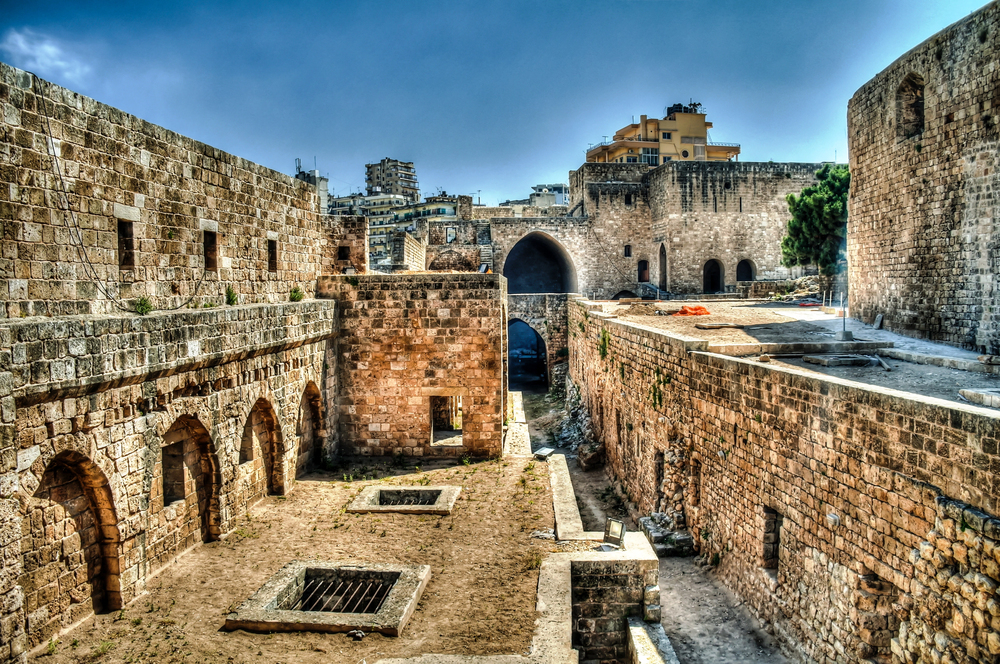
This old city’s traditional soap-making quarter keeps the craftsmanship of olive oil
soaps alive in historic factories, a number of which date as far back as the Mamluk
era. The family ateliers continue the tradition of using ancient techniques and
methods to make their characteristic soaps, perfumed with local laurel oil and other
natural aromas.
The Khan al-Saboun or the Soap-makers’ Market teems with artisans cutting huge soap blocks by hand, using wooden boxes and brass wires. Workshops offered by local producers give the opportunity to learn natural soap making from a centuries-long process.
Like Travel Pug’s content? Follow us on MSN.
Yazd, Iran
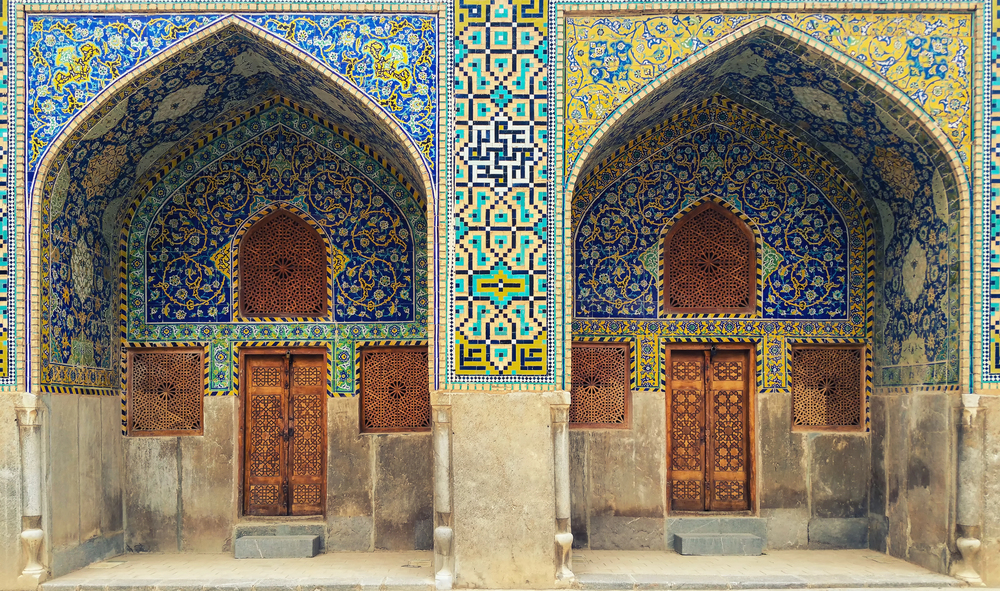
This desert city remains the heart of Persian textile arts, particularly known for its
termeh-a fine handwoven silk fabric with intricate patterns. Wooden looms are still
employed in traditional workshops to fashion these luxurious textiles, with skilled
weavers taking months for single pieces.
Centuries of craft evolution are on display at the city’s textile museum, which has active weaving demonstrations. Local artisans warmly invite visitors to witness the sophisticated process of creating these wonderful fabrics.
Hebron, West Bank
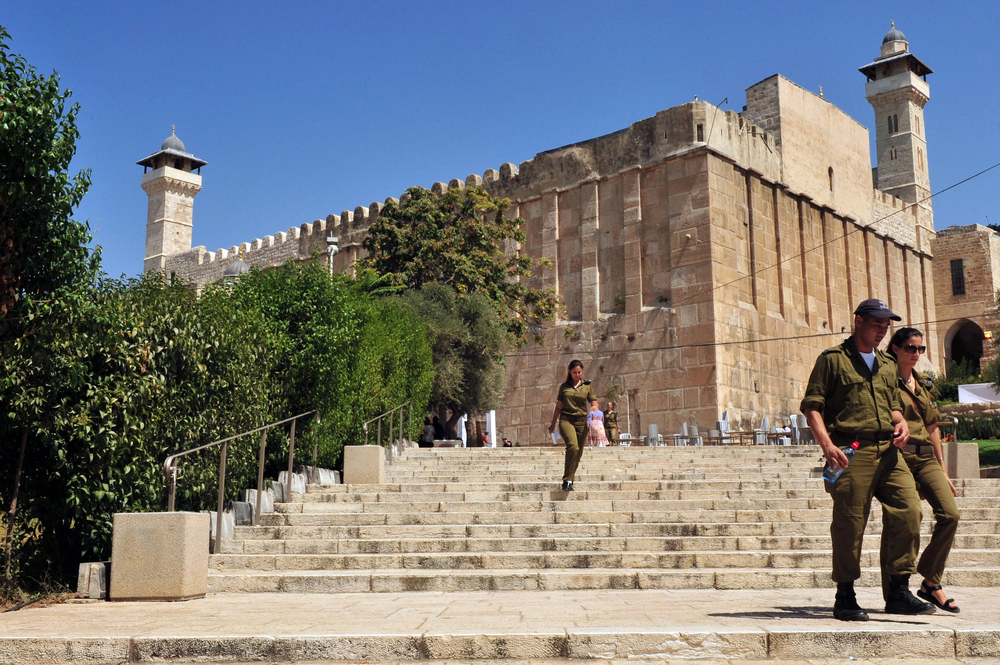
The glass-blowing workshops in the old town keep methods passed down from the
Roman era, making glass in distinctive blue shades with local sand and traditional
methods. Family businesses still make everything from delicate ornaments to
practical household items, often in traditional Islamic designs.
Throughout the day, various master artisans show their prowess as they work the molten glass into incredibly complex shapes using techniques passed down over generations. The glass-blowing quarter offers opportunities for trying your hand at the most basic techniques under expert guidance.
Kütahya, Turkey
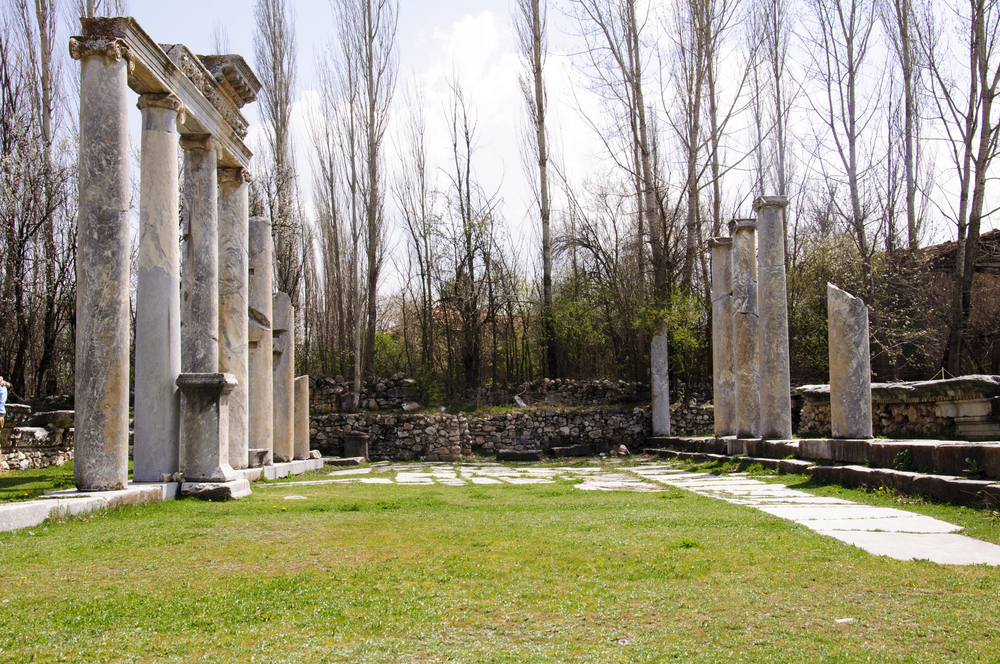
This ancient town still keeps its fame as a source of high-quality ceramics; it
specializes in detailed underglaze painting techniques. The local studios here
preserve the traditional artistry of preparing and painting clay and use only natural
pigments and traditional firing processes.
The town’s ceramic museum contains pieces from the Ottoman period and modern works of local artists. You can visit more than one family workshop where artisans continue the creation of both traditional and innovative designs.
Like Travel Pug’s content? Follow us on MSN.
Siwa Oasis, Egypt
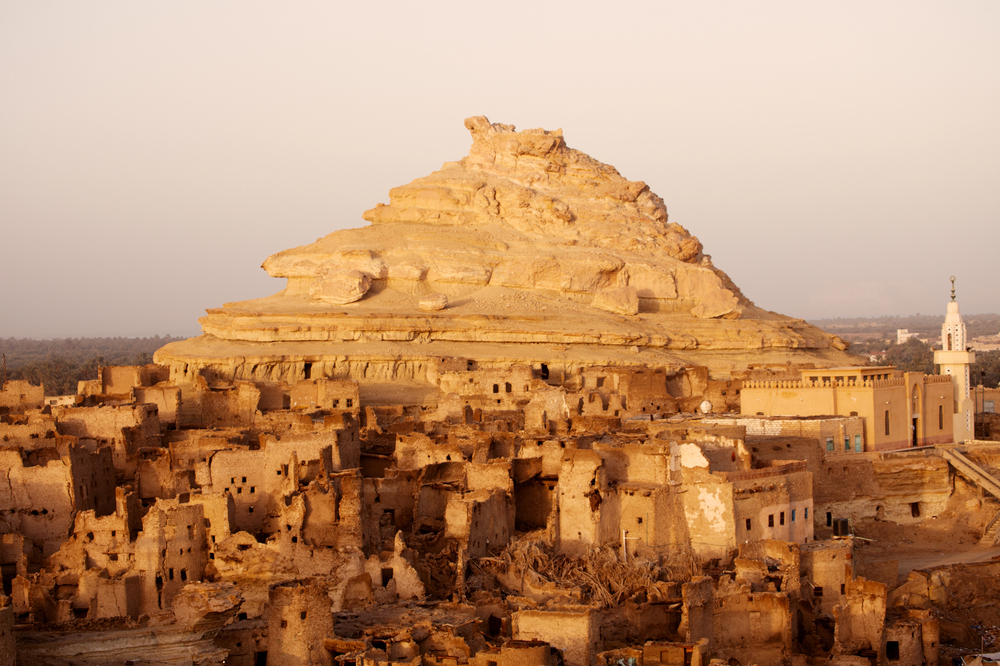
This isolated oasis town has maintained its own traditions of silversmithing, and the
jewelry that results is truly individualistic, with a local Berber character. Female
artisans have specialized in fine embroidery work using silver thread and traditional
patterns passed down through generations.
The town’s craft cooperative helps preserve ancient designs while providing economic opportunities for local families. Visitors can see silversmiths working with traditional tools and techniques in their small workshops.
Byblos, Lebanon
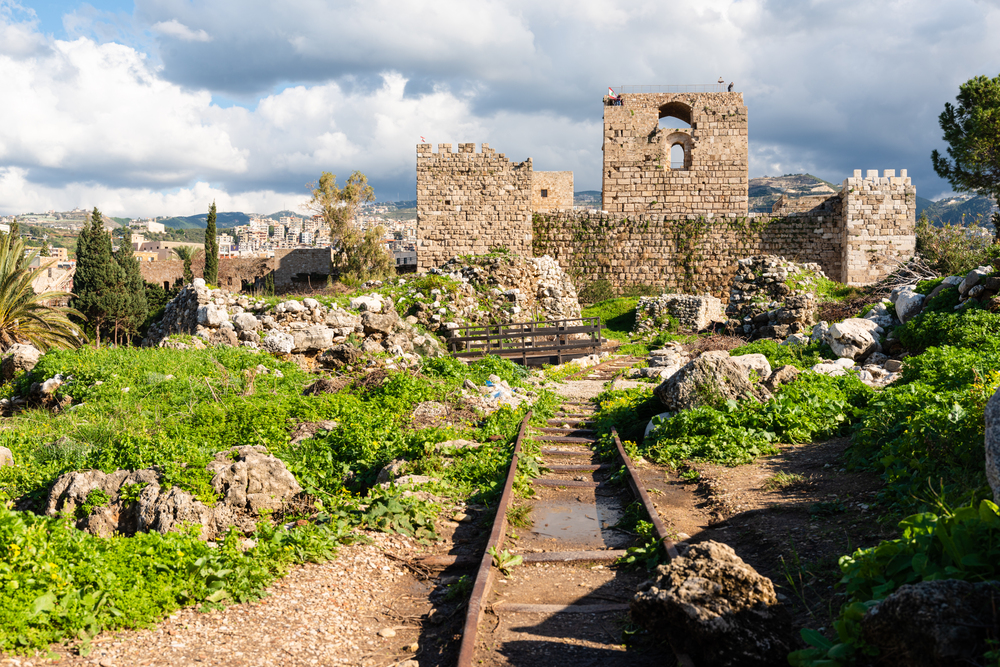
This ancient port city preserves traditions of copper and brasswork dating back to the
times of the Phoenicians. Local artisans still hammer intricate patterns into metal
using techniques passed down through centuries.
The old souk is full of workshops where artisans make both decorative and practical items using traditional techniques. Master metalworkers give demonstrations of their ancient craft, explaining the meaning of different patterns and techniques.
Kashan, Iran
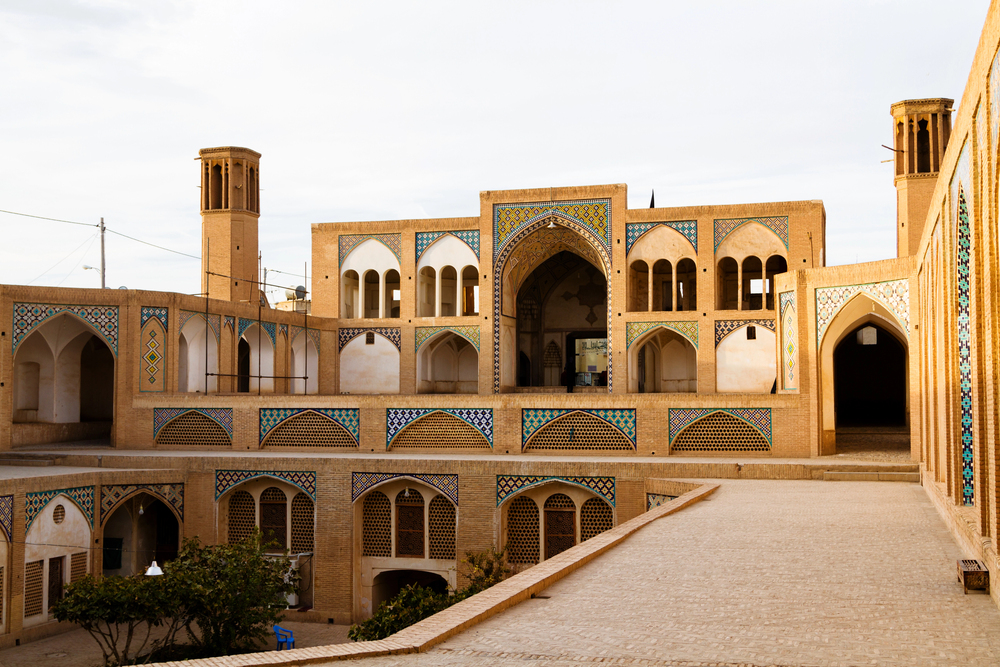
Famous for its luxurious carpet weaving tradition, this historic city maintains
numerous family-run workshops using traditional vertical looms. Master weavers
continue creating intricate designs using natural dyes and time-honored knotting
techniques.
The city’s carpet museum offers insights into pattern development while maintaining active weaving demonstrations. Local workshops welcome visitors to observe the entire process, from wool preparation to final knotting.
Like Travel Pug’s content? Follow us on MSN.
Nablus, Palestinian Territories
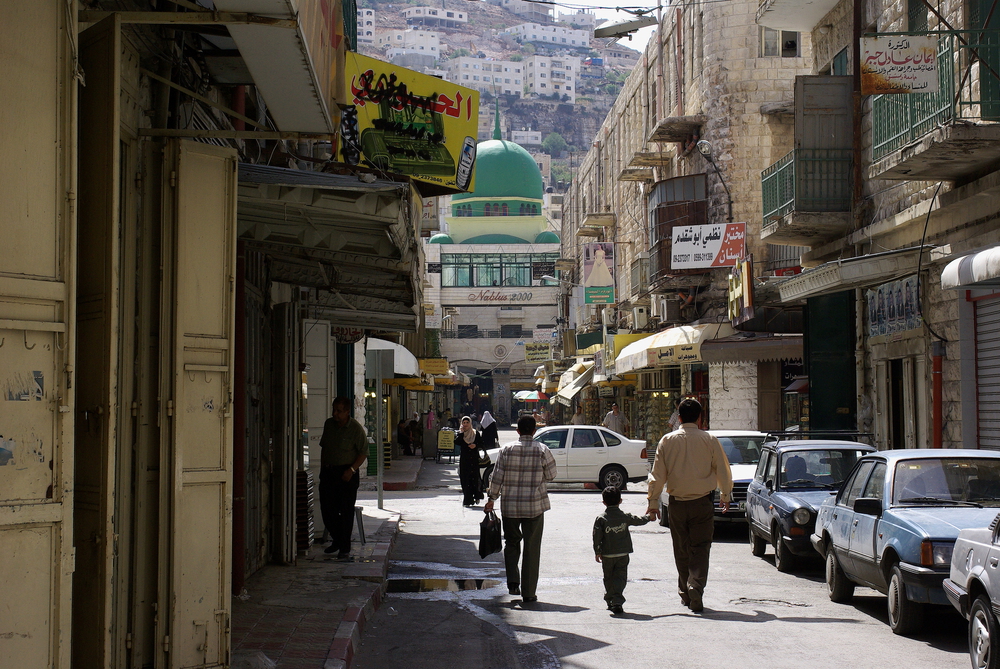
The old city preserves the traditional ways of making handwoven textiles and the
famous Nablus soap made from the local olive oil. These soaps are still made in
family workshops, using methods passed down through centuries, with only natural
ingredients.
You can visit historic soap factories and take guided tours, where you’ll have the opportunity to observe the whole process, from mixture to cutting. In local textile workshops, you’ll find traditional looms where intricate patterns are still handmade.
Sanliurfa, Turkey

This ancient city has kept the tradition of copper craftsmanship, with its workshops
still producing beautiful works of metalwork with traditional techniques. The local
artisans make distinctive patterns with painstaking hammering and etching methods.
The sound of hammers echoes in the Coppersmith district as metals are shaped into
both useful and decorative items. Master artisans share stories about the history of
the craft in the region while demonstrating their skills.
Nizwa, Oman
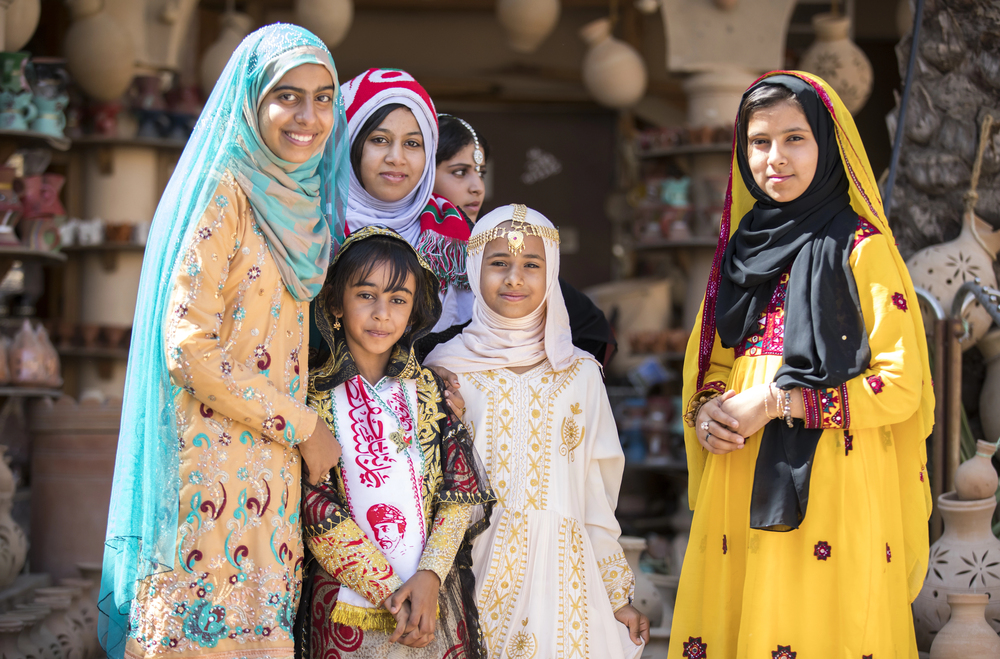
The old capital retains traditional silversmithing and khanjar (ceremonial dagger)
crafting. Local artisans continue to make intricate silver jewelry and ceremonial items
using methods passed down through generations.
The craft souk houses numerous workshops where you can see masters working with precious metals and traditional tools. Weekly demonstrations show the complex process of creating traditional Omani daggers.
Like Travel Pug’s content? Follow us on MSN.
Madaba, Jordan
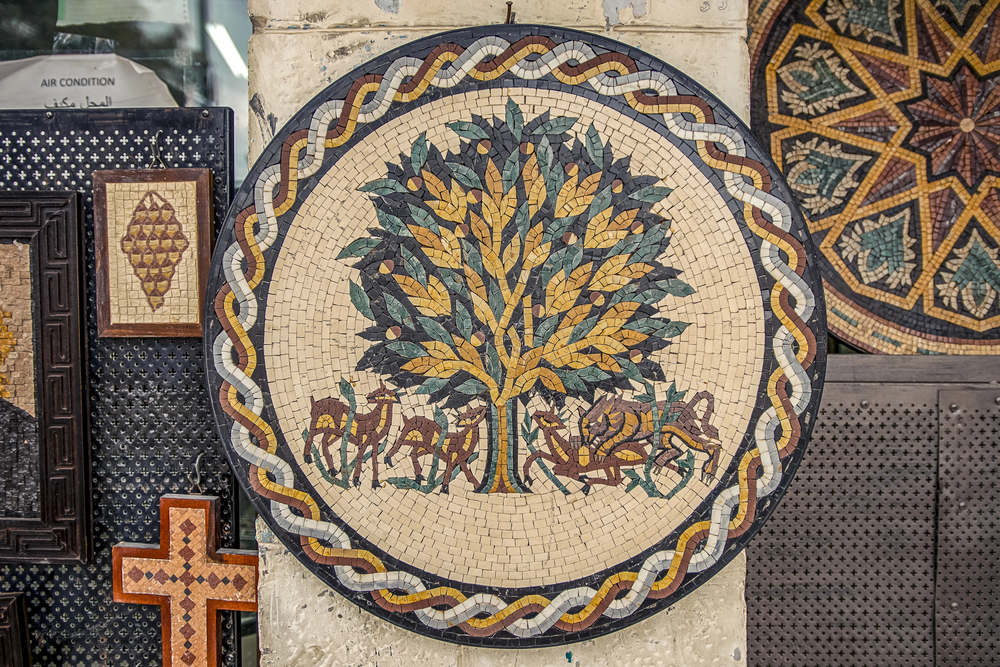
This historic town clings to its ancient mosaic creation tradition, with workshops
producing intricate designs using traditional methods. The local artisans create both religious and secular pieces, many with Byzantine style and technique.
The mosaic school trains new generations in this ancient art form, with visitors allowed to watch. You will find several studios where artists demonstrate the painstaking work of creating these detailed pieces.
Isfahan, Iran
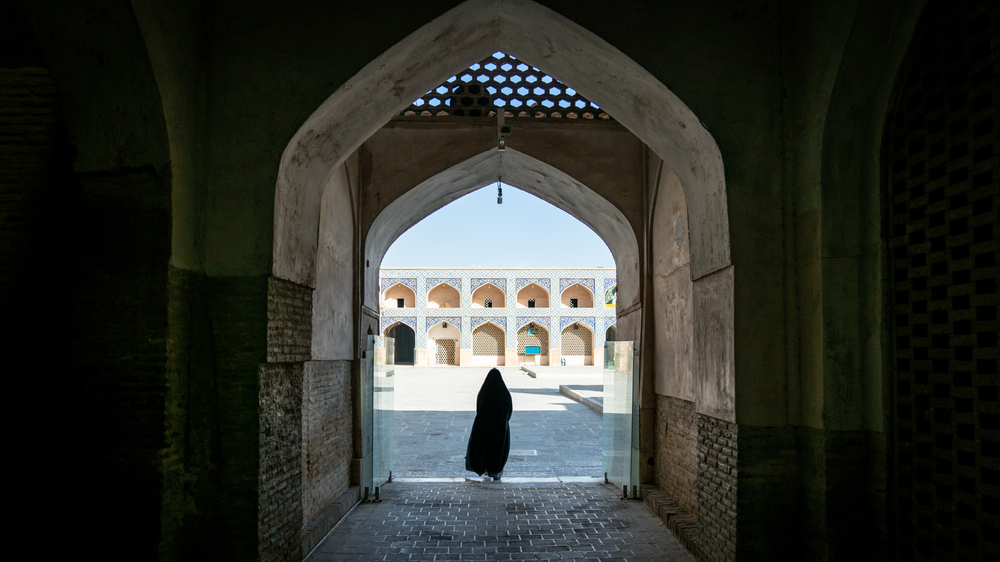
This city’s historic bazaar area still practices miniature painting and metalworking
from centuries back. Master artisans continue to fashion intricate miniatures with the
same materials and techniques passed on through generations.
The quarter for metalwork preserves ancient processes of creating some very distinctive engraved brass and copper items. Local workshops offer opportunities for observing artists both at traditional and contemporary designs working.
Sefrou, Morocco
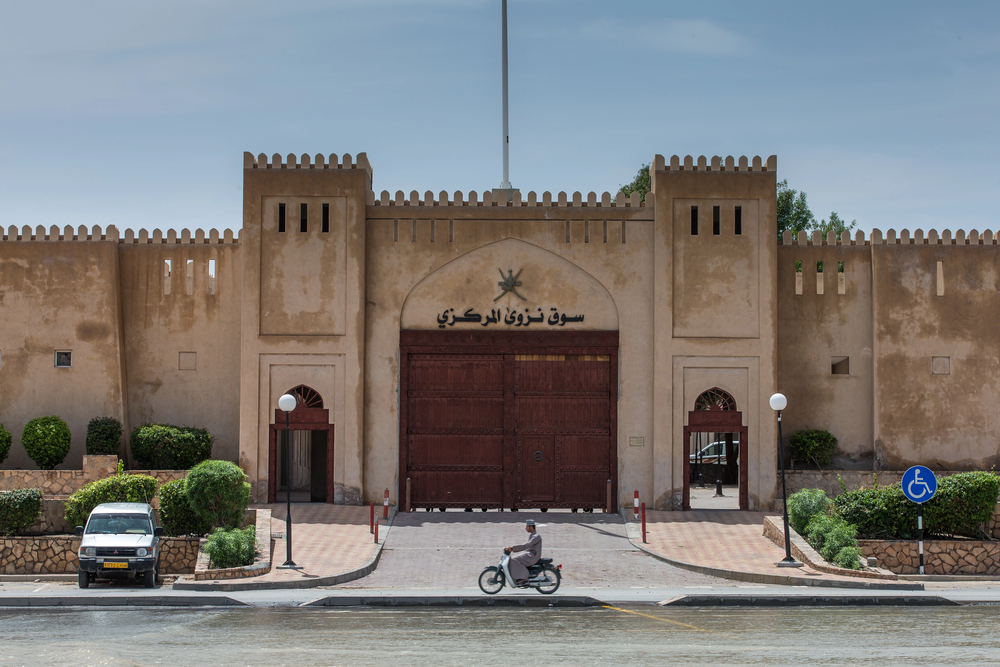
This mountain town preserves traditional techniques of making buttons out of silk
threads wrapped in wooden forms. Local women artisans continue this unique
craftsmanship of intricate designs used in their traditional dress.
The cooperative provides demonstrations of this precise work while sharing its cultural significance. Observe the full process, from silk preparation to the final assembly of the buttons.
Like Travel Pug’s content? Follow us on MSN.
Sur, Oman
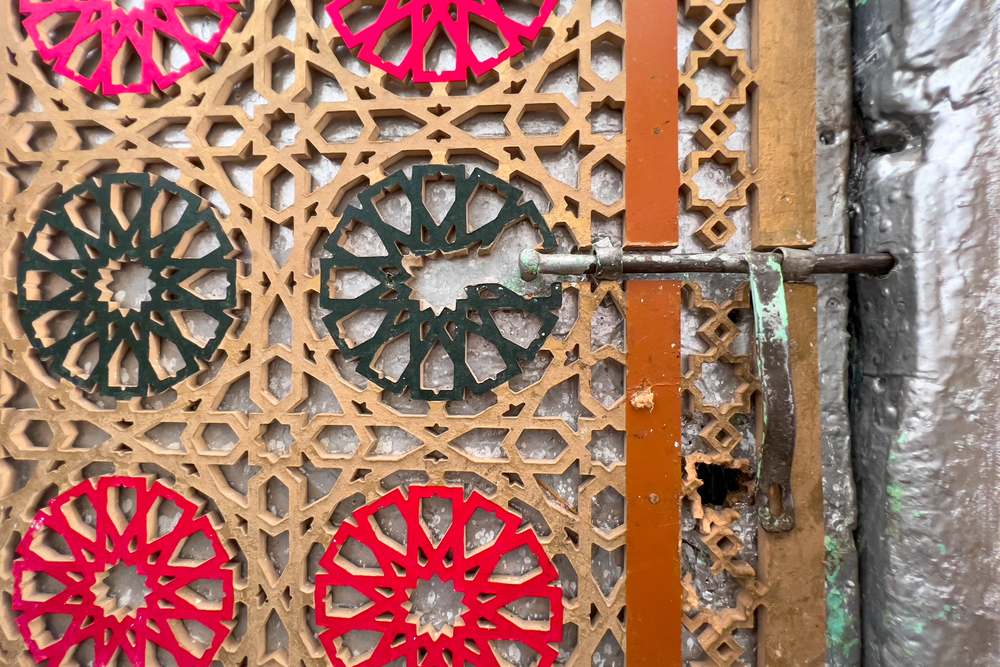
This coastal town still clings to the tradition of making wooden dhow, with artisans
building the traditional boats using no written plans. It is a practice where the master
boat builder passes information directly to an apprentice, ensuring techniques are
kept safe that have helped in the centuries-long Indian Ocean trade.
The dhow building yard has visitors at all times to witness the various stages of their
construction using traditional implements and techniques. Local artisans narrate
stories of the maritime heritage in skillful displays.
Delve into the Heart of Middle Eastern Crafts
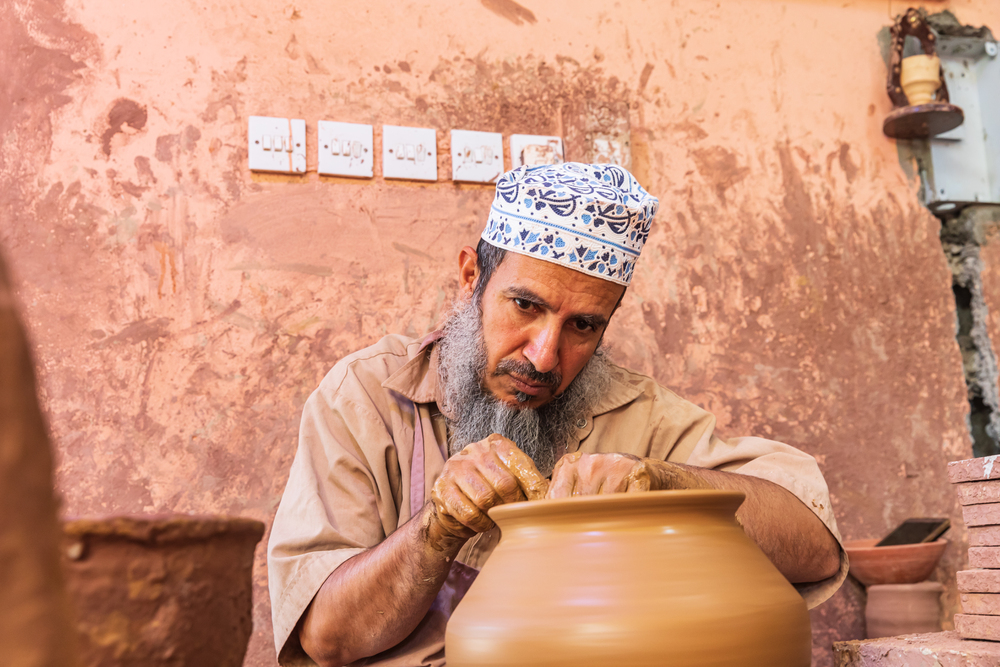
These craft towns are the living links to the ancient traditions of Middle Eastern
civilization. Each community protects not only the knowledge of critical crafts but also
the social fabric that transmits such skills from generation to generation.
These are authentic destinations for any craft enthusiast, anyone curious about
traditional arts and ways, where one gets to see the immense skill and dedication
that goes into keeping alive ancient crafts in today’s modern world.
More from Travel Pug

- 15 Dangerous European Cities to Avoid
- 15 Caribbean Islands Where Tourists Keep Getting Scammed
- The 20 Most Fascinating Abandoned Places: A Journey Through Time and Forgotten Spaces
- 15 Hidden Places in the Smithsonian Museums Locals Love: A Guide to Lesser-Known Treasures
- 16 Hidden Florida Beach Towns That Aren’t Overrun with Tourists
Like Travel Pug’s content? Follow us on MSN.
